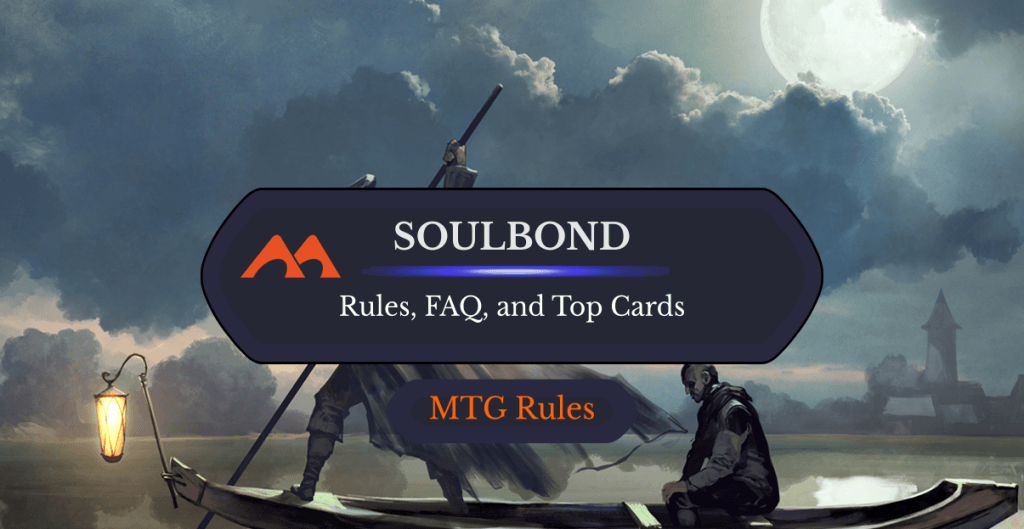
Deadeye Navigator | Illustration by Tomasz Jedruszek
There are a variety of reasons why a specific keyword mechanic might stop being printed in Magic. Sometimes, these abilities fall out of use because they don’t fit with current design trends. We saw this with landwalk abilities, which began to fall off as Magic moved away from cards meant to punish specific colors. However, sometimes a keyword ability gets dropped almost as quickly as it was added. This often happens to keywords that prove too confusing for players.
Soulbond is one of these keywords that caused a bit too much confusion, taking its place alongside abilities like flanking or banding. Mark Rosewater has even given soulbond a 9 on the Storm Scale, meaning it’s highly unlikely to ever appear in a premier set again, specifically due to how it “really confused players.”
What is soulbond, how does it work, and are any of the cards worth playing still? Let’s take a look at the mechanic, its history in the game, and how exactly you’re supposed to make it work. I’ll also discuss what I think are the best soulbond cards and give you an example of how they might work in a deck.
How Does Soulbond Work?

Breathkeeper Seraph | Illustration by Alexander Mokhov
Soulbond is a triggered ability that works in one of two ways. It either triggers when the creature it’s printed on enters the battlefield or when another creature enters the battlefield and you already control a soulbond creature.
When soulbond triggers, you may pair the soulbond creature with any other creature you control that’s also unpaired. Soulbond creatures then grant a benefit to themselves and whatever creature they’re paired with so long as you control both creatures. For example, if you paired a creature with Druid's Familiar, both Druid's Familiar and the creature paired with it get +2/+2. However, if you lose control of either of those creatures, the remaining creature becomes unpaired and loses the ability granted to it.
The History of Soulbond in MTG
Soulbond was first printed in Avacyn Restored in 2012. Most of the cards it appeared on were green with blue being the second most common color, but the mechanic appeared on at least a few cards of every color except black. The mechanic is also exclusively found on creature cards as noncreature cards can’t be paired with soulbond.
It quickly became apparent to Magic’s design team that the mechanic was too confusing to be an evergreen keyword. It wasn’t seen again for a while, except on reprints of cards from Avacyn Restored.
Nine years after its initial release, soulbond popped back up in 2021 as part of Crimson Vow Commander. The soulbond cards from this set were actually Commander-exclusive cards that could only be found in set and collector boosters. A cycle of five cards were introduced, one for each color, which means black was given its first and only soulbond creature, Doom Weaver.
Most recently, soulbond was printed on a card for the Doctor Who Universes Beyond decks, Donna Noble. While it may not be likely to show up again in a premier set, it does seem as though Wizards is confident that at least some players understood and enjoyed the mechanic. It may continue to show up in supplemental products like these or possibly even a future Modern Horizons-type set.
Do Both Creatures Need Soulbond in MTG?
No, only one creature needs to have soulbond to pair it with another. The only stipulations about which creatures can be paired with soulbond is that both creatures must be unpaired when choosing.
Can You Change Soulbonded Creatures?
Yes and no. Both creatures must be unpaired to select them for a soulbond. This means if a new creature enters the battlefield, you can’t switch your soulbond creature from its current pair to the newly cast creature. However, if a creature with soulbond becomes unpaired from its initial soulbond, you can have it create a new bond with another when it enters the battlefield. While you can’t change soulbonded creatures during a pairing, you can establish a new pair with your soulbond creature once that initial one is broken.
Does Soulbond Trigger When a Creature Enters the Battlefield?
Yes, soulbond can be triggered either by the soulbond creature entering the battlefield or by having a new creature enter the battlefield with a soulbond creature already in play. Pairing two creatures is always optional, so you don’t have to pair a soulbond creature with the next creature you play. You can wait for a more advantageous pairing if you like.
Does Soulbond Use the Stack?
Yes, soulbond triggers go on the stack. If multiple creatures enter the battlefield at the same time causing multiple soulbond triggers, you may order those triggers any way you wish. However, it doesn’t really make a big difference since you can always decline to form a pair between two creatures and just select a bond that you think is best, regardless of what order the soulbond triggers are on the stack.
What Happens if One of the Creatures Die?
When one of the paired creatures dies, leaves the battlefield, or is no longer a creature, the remaining creature becomes unpaired and loses any benefits of the soulbond. If the remaining creature is the one that has the soulbond ability, you’re free to pair it with a new creature once soulbond triggers again.
What Happens if You Kill a Creature in Response to Soulbond?
If you kill one of the two creatures that a player is attempting to soulbond, the remaining creature will be considered unpaired. It won’t receive any of the benefits of the soulbond since those are conditional on you controlling both creatures.
Gallery and List of Soulbond Cards
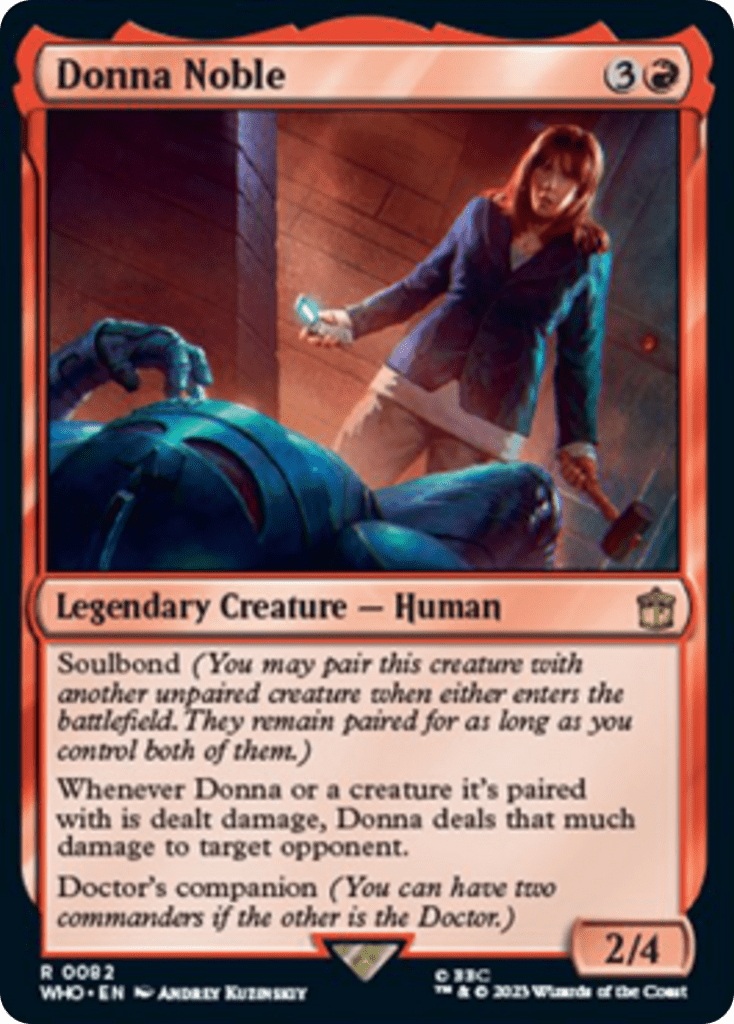
- Breathkeeper Seraph
- Deadeye Navigator
- Diregraf Escort
- Doom Weaver
- Druid's Familiar
- Elgaud Shieldmate
- Flowering Lumberknot
- Galvanic Alchemist
- Geist Trappers
- Hanweir Lancer
- Imperious Mindbreaker
- Lightning Mauler
- Mirage Phalanx
- Nearheath Pilgrim
- Nightshade Peddler
- Pathbreaker Wurm
- Silverblade Paladin
- Spectral Gateguards
- Stern Mentor
- Stonewright
- Tandem Lookout
- Thundering Mightmare
- Trusted Forcemage
- Wingcrafter
- Wolfir Silverheart
- Donna Noble
Best Soulbond Cards
Thundering Mightmare
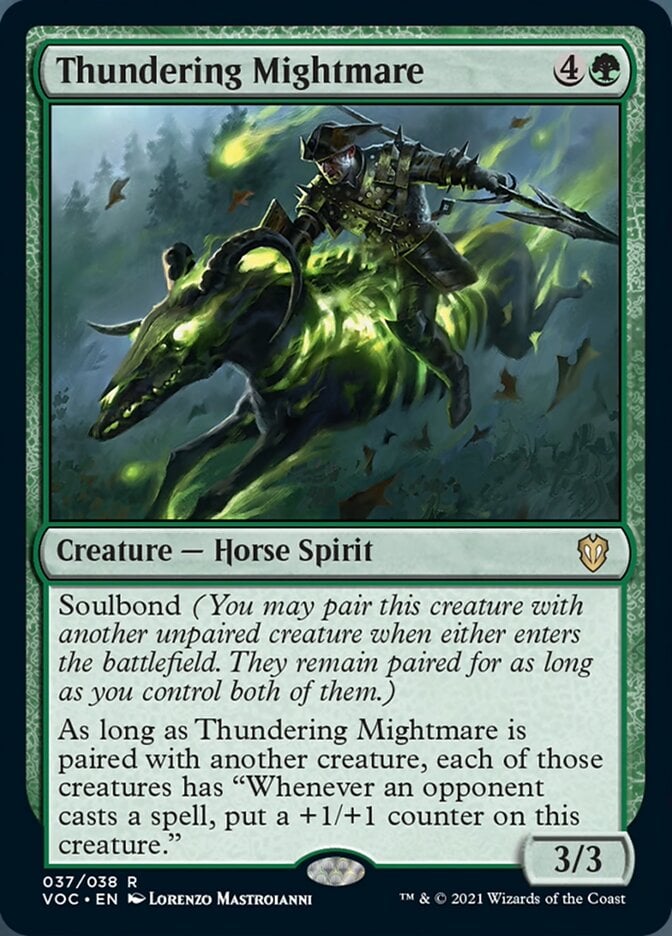
In a game of Commander, Thundering Mightmare and whatever creature it’s paired with will accrue a lot of +1/+1 counters since you have three opponents who will likely be casting at least one spell a turn. Unlike other soulbond abilities, there’ll be a lasting positive effect even if one of the pair dies since they keep their +1/+1 counters.
Mirage Phalanx
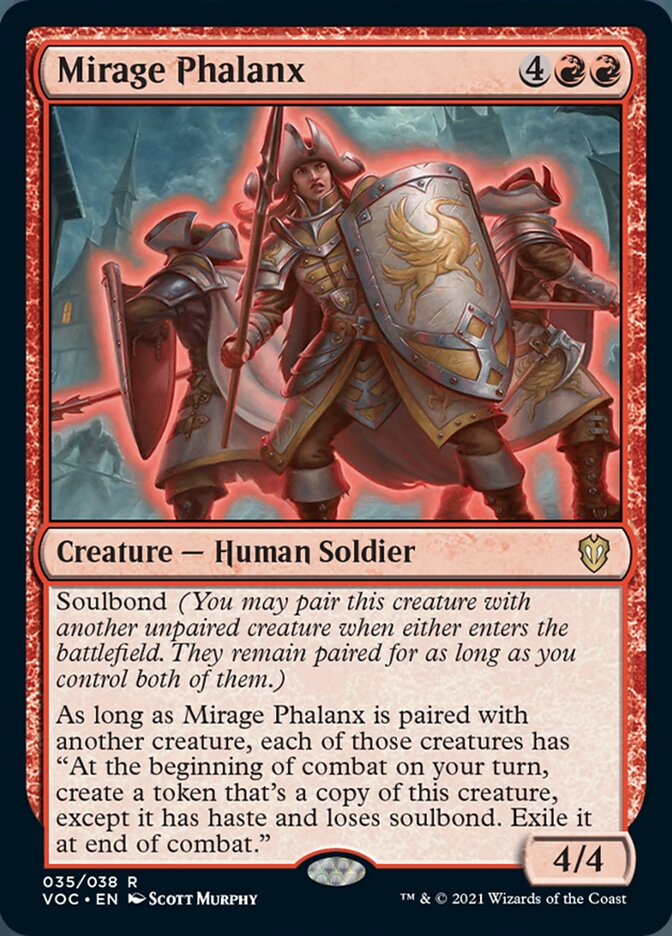
Pairing Mirage Phalanx with a creature that has an ETB trigger, a death trigger, or an attack trigger allows you to cash in on those abilities each turn. Even if you don’t swing with the clone, you can get a lot of benefits out of it depending on what creatures you pair up.
Silverblade Paladin
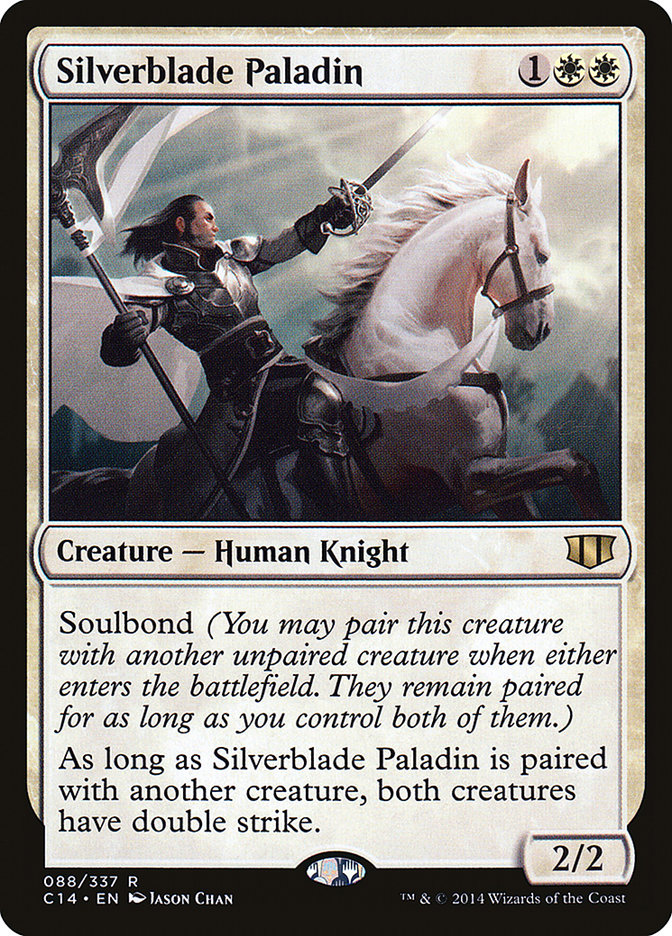
A lot of the older soulbond cards simply grant both creatures a keyword ability. Of these, Silverblade Paladin is one of the best since double strike is one of the more powerful keyword abilities. Pairing this card with the right creature can give you an incredibly dangerous attacker or allow you to double dip on combat damage triggers.
Donna Noble

The ability Donna Noble grants with its soulbond can deal a good amount of damage or just act as a deterrent. Since any damage dealt by an attacker to one of these creatures can be dealt back to the attacker’s controller, players may be dissuaded from swinging at you with their strongest creatures. Pairing Donna up with an indestructible creature is the best way to get the most out of this ability.
Doom Weaver
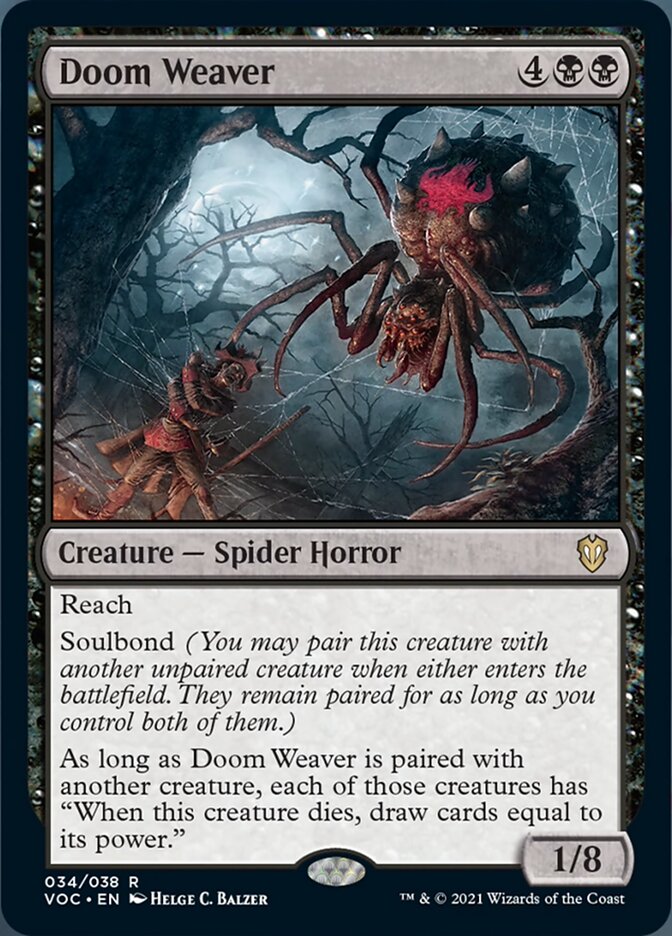
Doom Weaver is a great addition to a sacrifice deck that’s going to churn through a lot of creatures. Pairing a creature with this card and then sacrificing it makes it an easy way to draw some cards while also getting the benefits of any sacrifice effects. You can then just pair Doom Weaver up with the next unlucky creature you intend to sacrifice, meaning you'll be drawing a steady stream of cards.
Breathkeeper Seraph
[ci]Breathkeeper Seraph[/ci][card]Breathkeeper Seraph is an effective way to ensure that you’ll be able to keep a specific creature on the field. When the card that dies re-enters the battlefield at your next upkeep, you can just pair it with this card again, giving them both the ability to keep coming back. This could also be used to cash in on ETB and death triggers multiple times by sacrificing your own creature, preferably at instant speed right before your upkeep.
Galvanic Alchemist
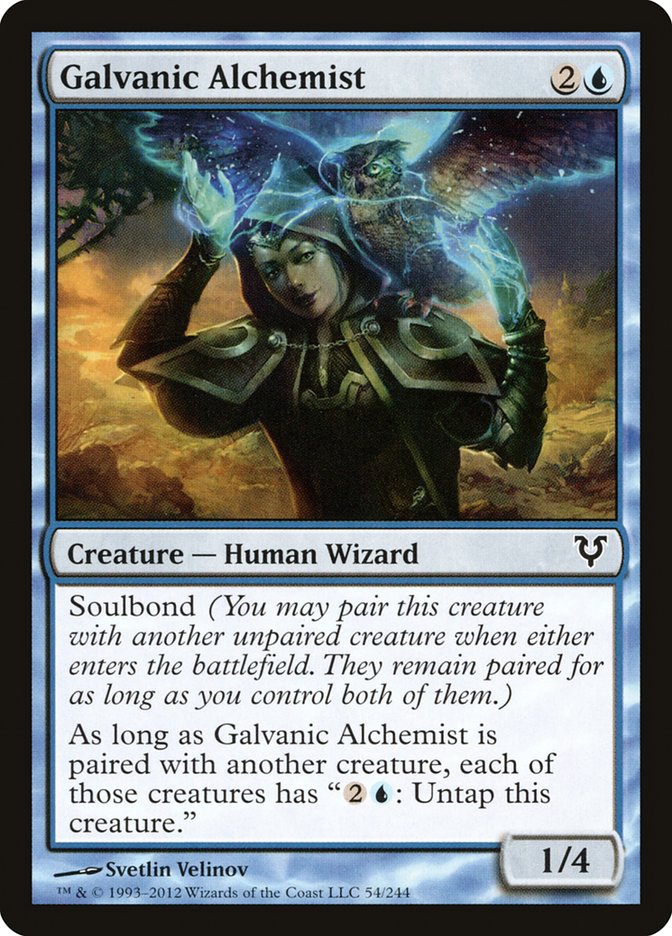
Pairing Galvanic Alchemist with the right creature can possibly allow you to generate infinite mana. This becomes even easier when you have a card that reduces the cost of activated abilities, making it even easier to untap whatever creature you bond to this card.
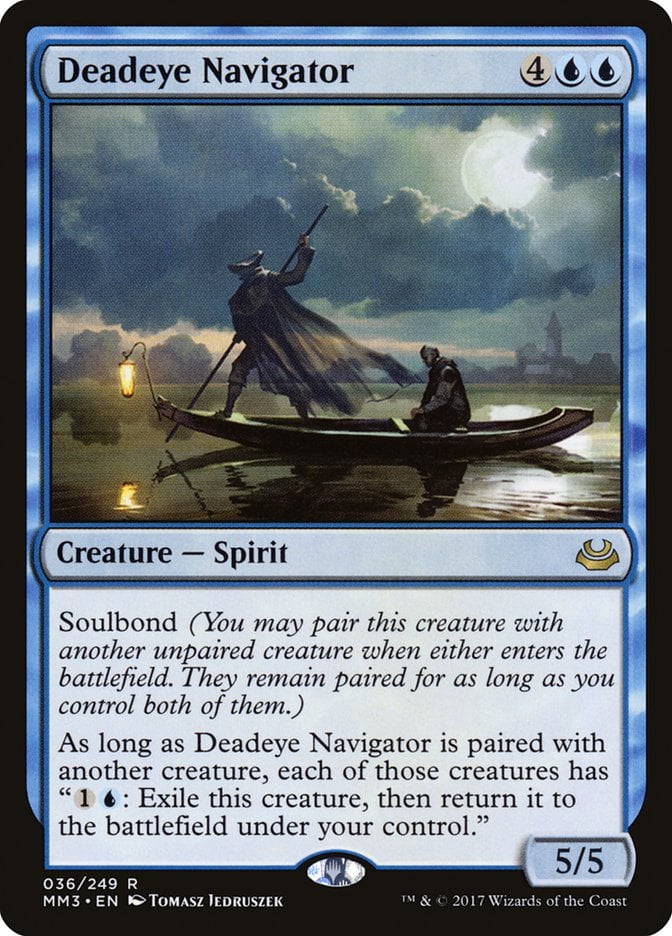
Deadeye Navigator’s ability to flicker itself or the creature it’s bonded to can help you keep both safe from removal. It can also allow you to cash in on ETB effects that the paired creature might have for a relatively low price. This card can be used to enable combos so long as flickering the other creature allows you to generate at least 3 mana in some way, at least one being blue. You can also easily switch what creature Deadeye Navigator
is bonded with by flickering the Navigator and using its ETB soulbond trigger to choose a new creature.
Decklist: Garth One-Eye Commander Deck
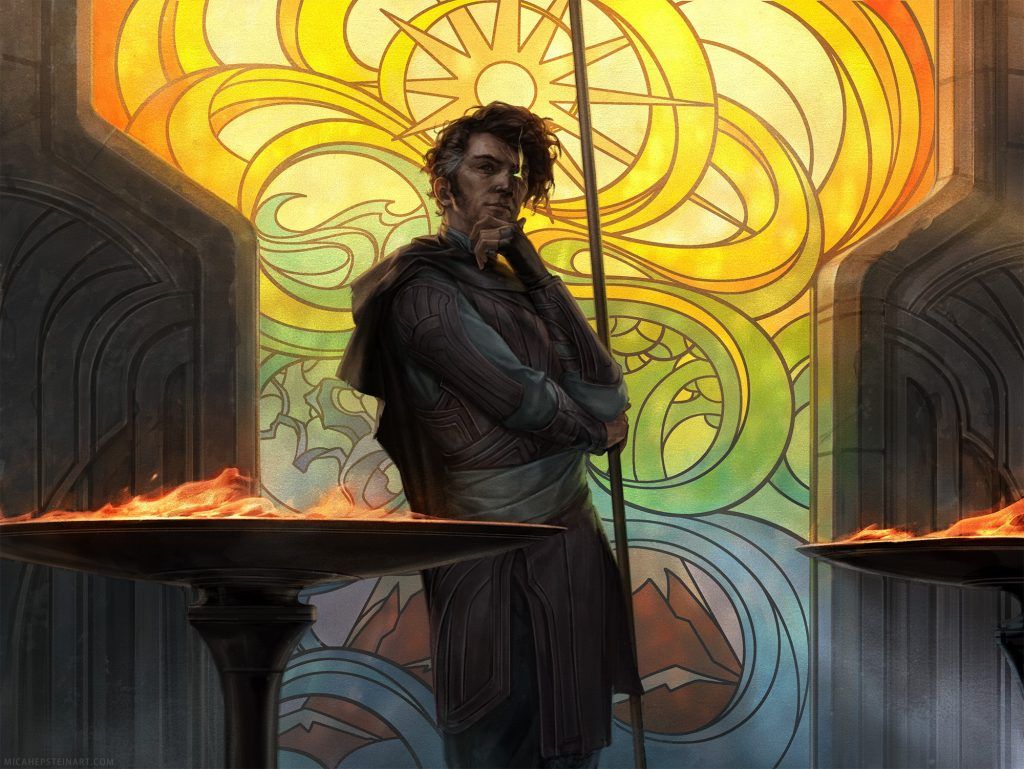
Garth One-Eye | Illustration by Micah Epstein
Commander (1)
Creature (24)
Anger
Arcanis the Omnipotent
Birds of Paradise
Brago, King Eternal
Clever Conjurer
Deadeye Navigator
Deathrite Shaman
Dockside Extortionist
Esper Sentinel
Eternal Witness
Faeburrow Elder
Ignoble Hierarch
Kelpie Guide
Kiora's Follower
Niv-Mizzet, the Firemind
Noble Hierarch
Reclamation Sage
Samut, Voice of Dissent
Seedborn Muse
Solemn Simulacrum
Soulherder
Thassa, Deep-Dwelling
Vizier of Tumbling Sands
Purphoros, Bronze-Blooded
Instant (17)
Cloudshift
Counterspell
Cyclonic Rift
Eerie Interlude
Eladamri's Call
Enlightened Tutor
Ephemerate
Essence Flux
Force of Will
Ghostly Flicker
Mana Drain
Mystical Tutor
Path to Exile
Reality Shift
Swan Song
Swords to Plowshares
Vampiric Tutor
Sorcery (3)
Blasphemous Act
Damn
Demonic Tutor
Enchantment (7)
Fervor
Fires of Yavimaya
Rhystic Study
Rhythm of the Wild
Smothering Tithe
Teleportation Circle
Temur Ascendancy
Artifact (13)
Arcane Signet
Chromatic Lantern
Conjurer's Closet
Fellwar Stone
Illusionist's Bracers
Isochron Scepter
Sensei's Divining Top
Skullclamp
Sol Ring
Swiftfoot Boots
The Great Henge
Thousand-Year Elixir
Lightning Greaves
Land (35)
Arid Mesa
City of Brass
Command Tower
Flooded Strand
Forest x4
Island x3
Mana Confluence
Marsh Flats
Minamo, School at Water's Edge
Misty Rainforest
Mountain x2
Plains x2
Polluted Delta
Reflecting Pool
Scalding Tarn
Swamp
Windswept Heath
Wooded Foothills
Breeding Pool
Stomping Ground
Hallowed Fountain
Godless Shrine
Blood Crypt
Temple Garden
Steam Vents
Watery Grave
Sacred Foundry
Overgrown Tomb
While there are some decks that revolve around using a lot of the soulbond creatures that exist, none of them really seemed all that exciting. Soulbond creatures make more sense to me as the kind of creature you pick one or two of that fit your strategy, but not really build around. To that end, I went with a fun Commander deck that’s all about flickering and uses Deadeye Navigator as one of its methods.
The commander for this deck is Garth One-Eye, a fun legendary that allows you to play some cards that aren’t technically legal in Commander, like the legendary Black Lotus, and you won’t even have to shell out tens of thousands of dollars to do so.
You want many ways to flicker Garth in this deck because it’s only allowed to create one of each card it can make, but if it leaves and re-enters the battlefield, that resets. Pairing Garth up with Deadeye Navigator allows you to flicker Garth for 2 mana. Then, using one of your haste enablers, you can immediately tap Garth for a Black Lotus. Sacrifice the Lotus for 3 blue mana and flicker Garth again using 2 of it. This allows you to create infinite blue mana.
Once you have enough mana, you can flicker Garth a few more times to create a Braingeyser for each opponent. Using your absurd amount of mana, you can force each of your opponents to draw out their deck and lose the game. Alternatively, you can put a Thassa's Oracle or Laboratory Maniac in this deck, draw out your own deck, and win with one of their effects.
Wrap Up

Silverblade Paladin | Illustration by Jason Chan
I think it’s a bit of a shame that soulbond was deemed too confusing of a mechanic. While some of the cards are underwhelming, there are some really interesting ways to use the mechanic, and I think it had a lot of potential. I’m glad to see that Wizards isn’t against printing new soulbond cards in supplemental sets, and I’ll be interested to see what they do with it whenever they roll this mechanic out for one or two new cards.
Do you find soulbond confusing? Which cards from this list would you use? Let me know in the comments or on Draftsim’s Twitter.
Thank you for reading and I’ll see you next time!
Follow Draftsim for awesome articles and set updates: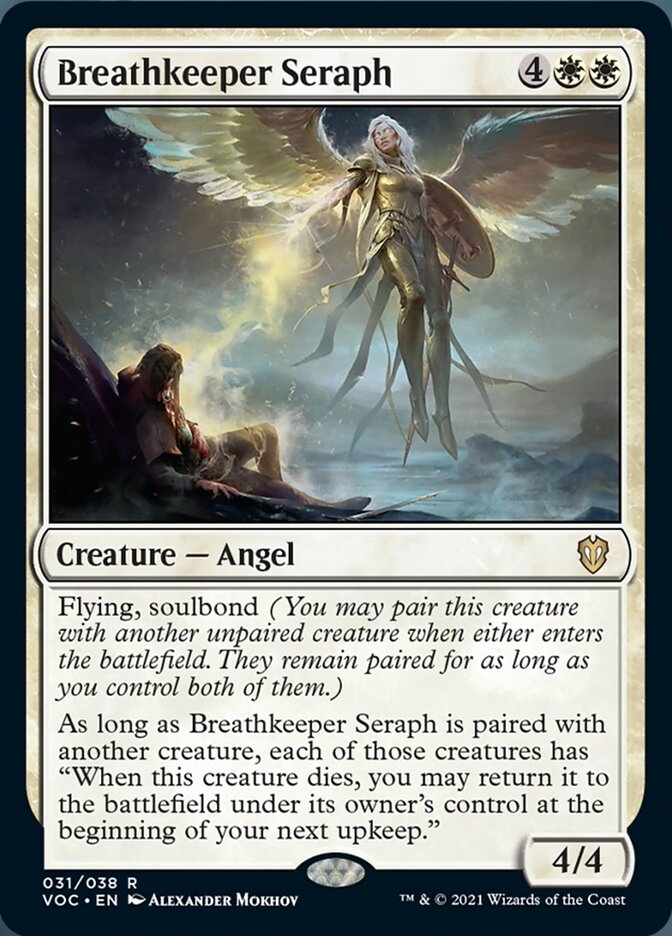
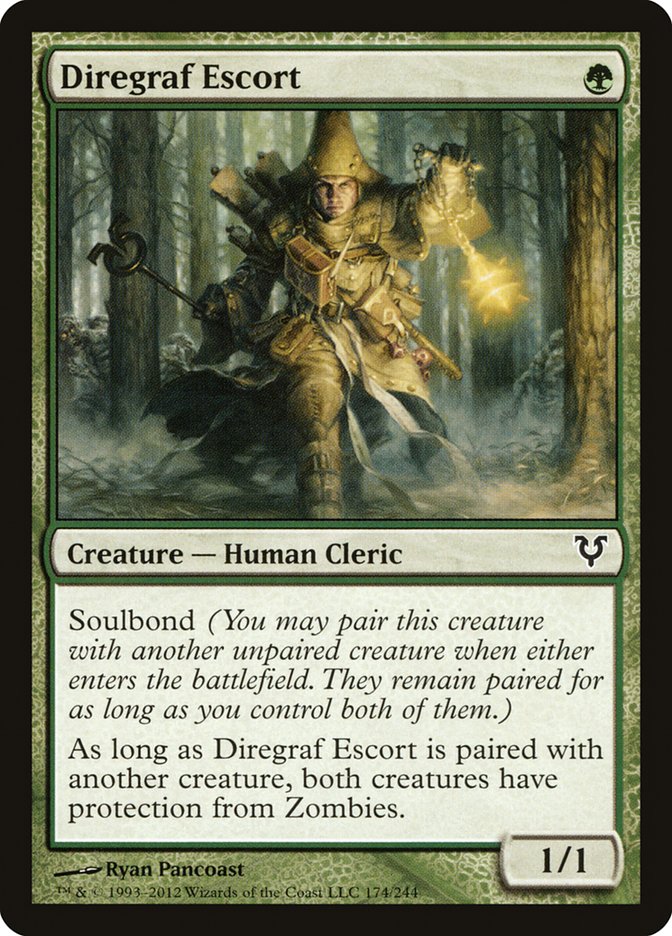
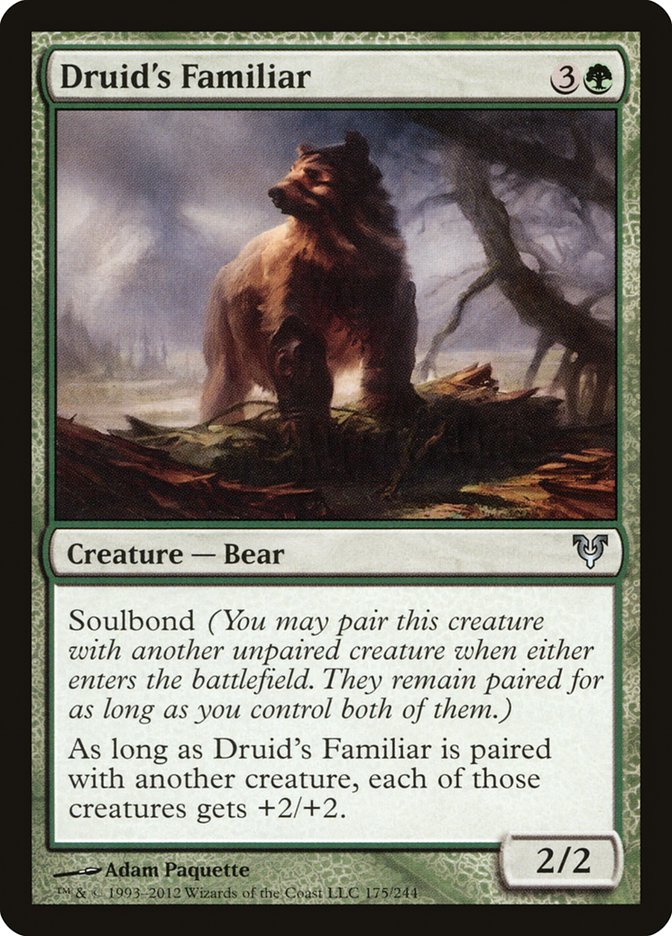
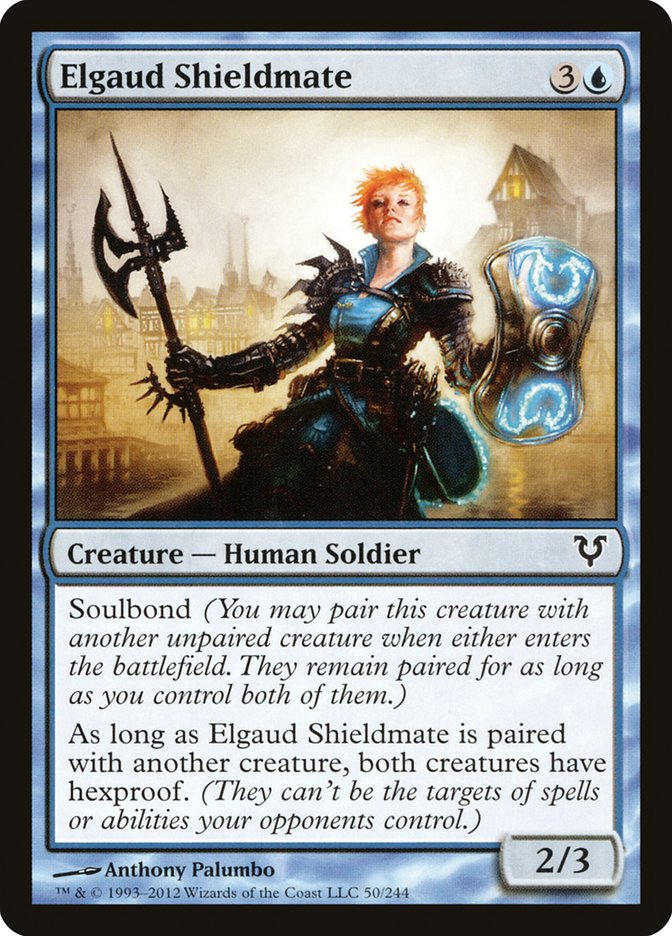
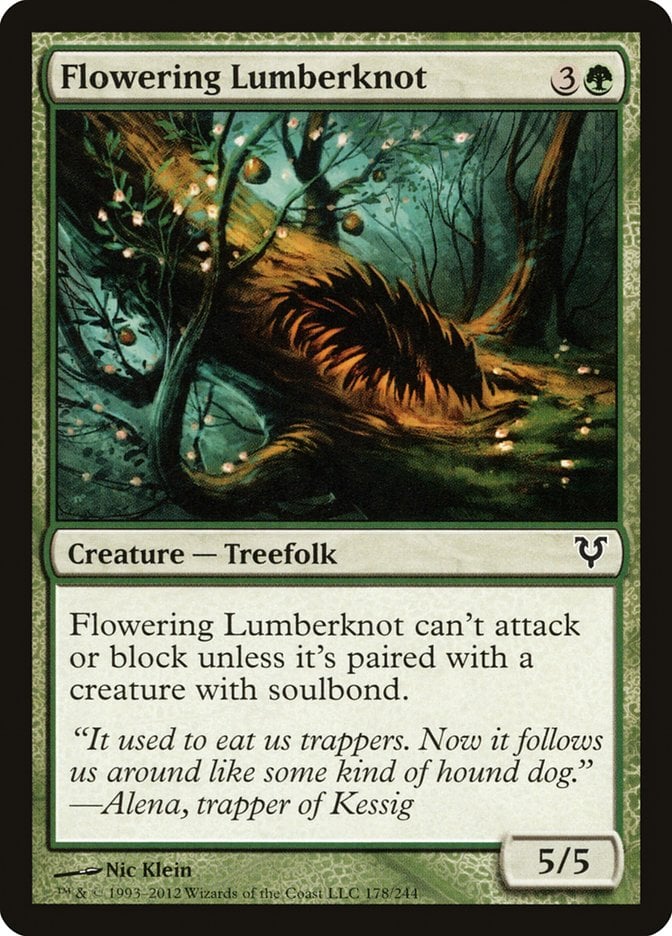

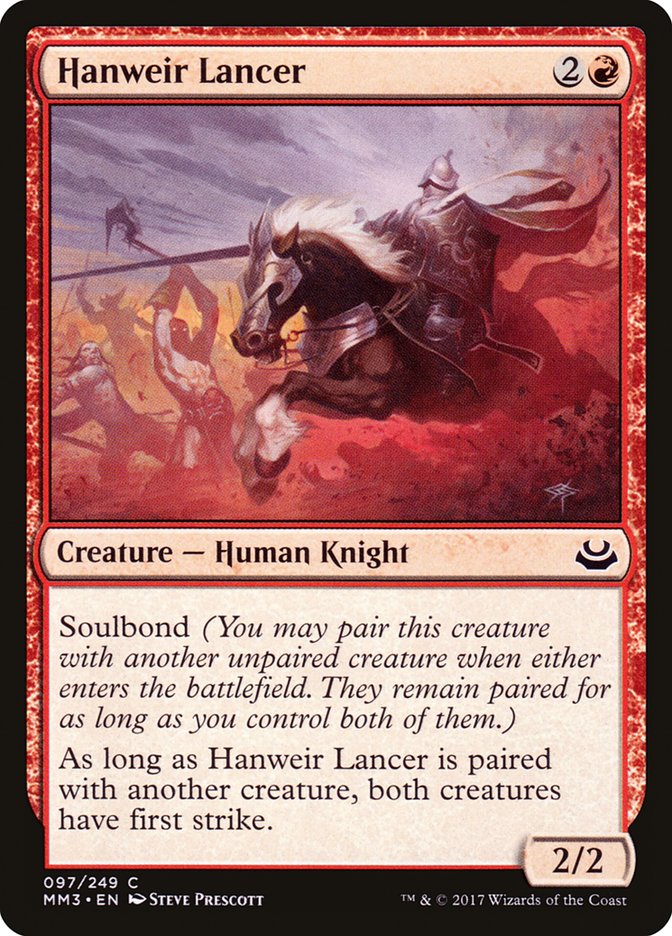
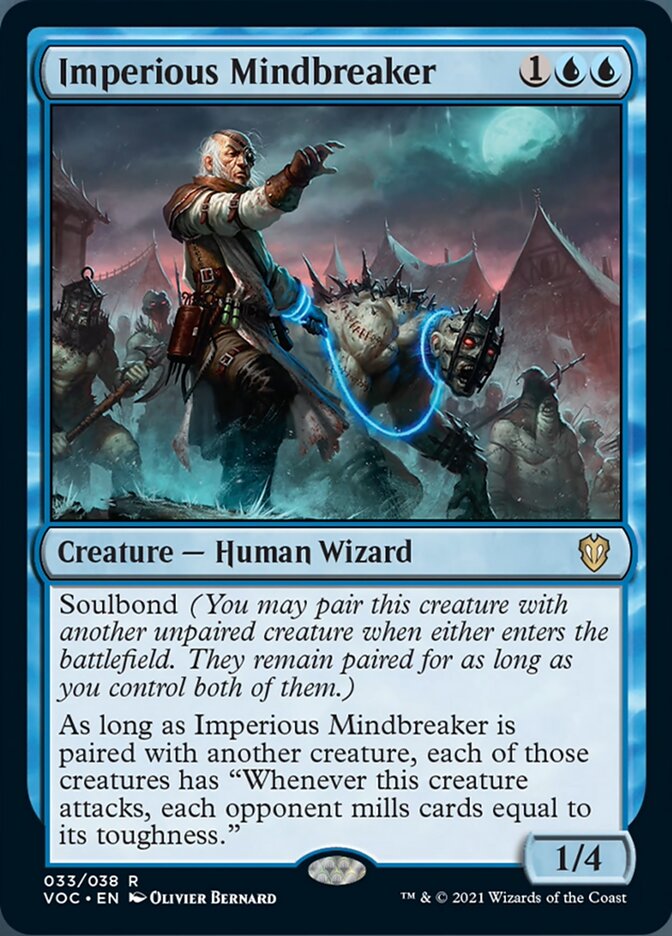
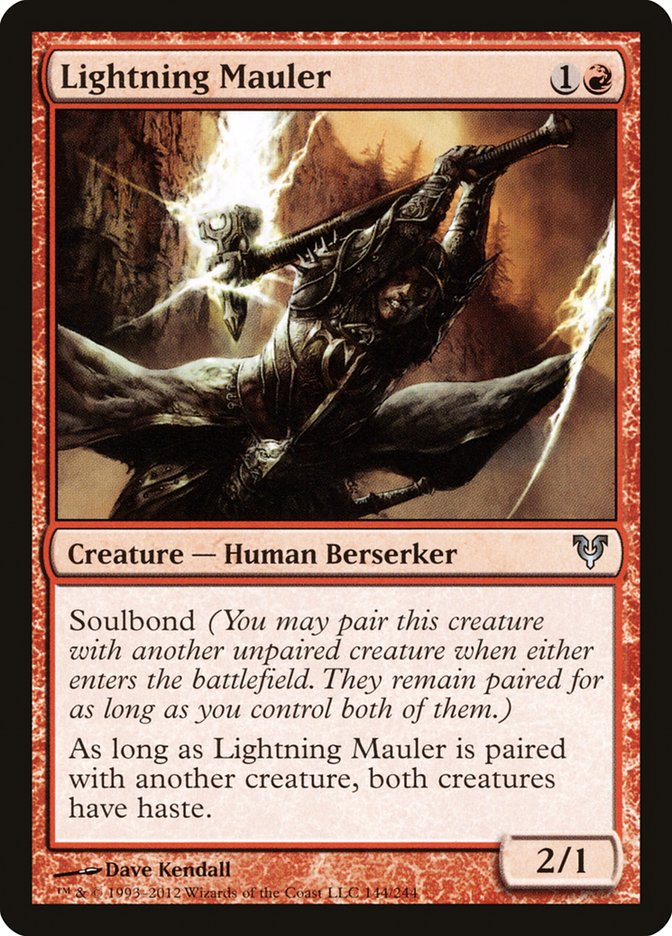
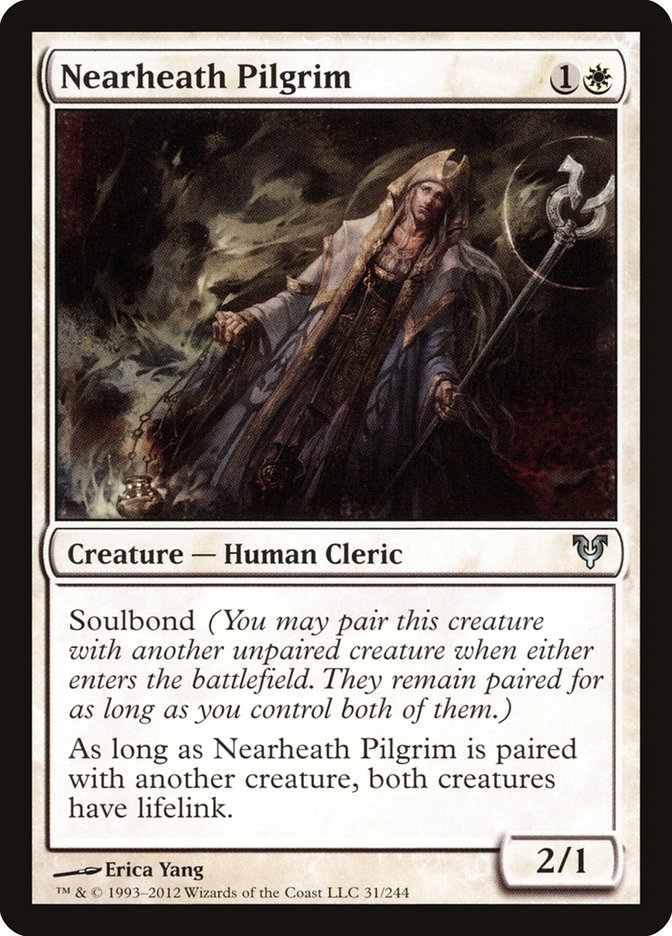
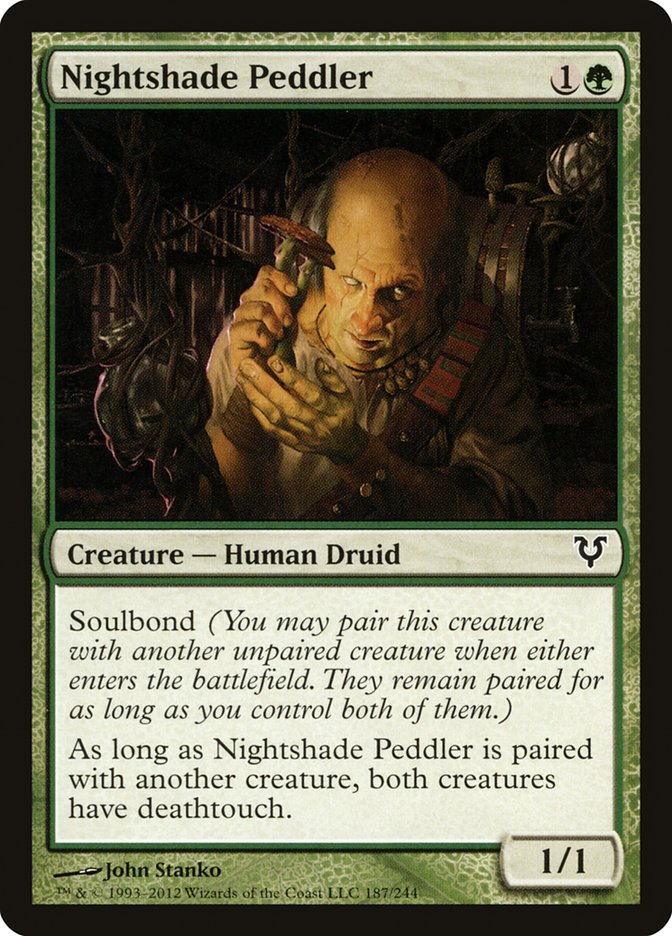
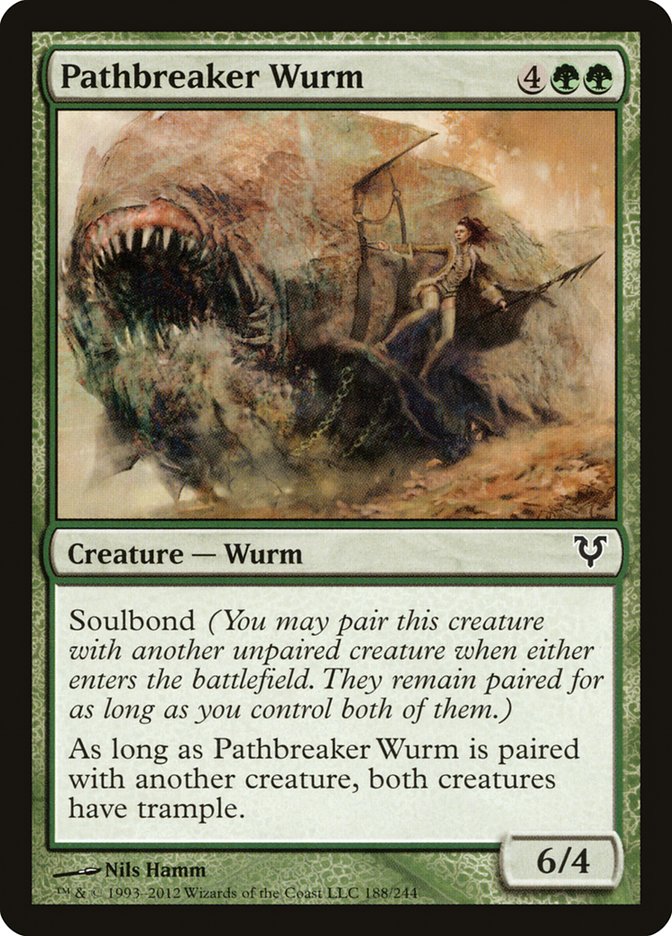
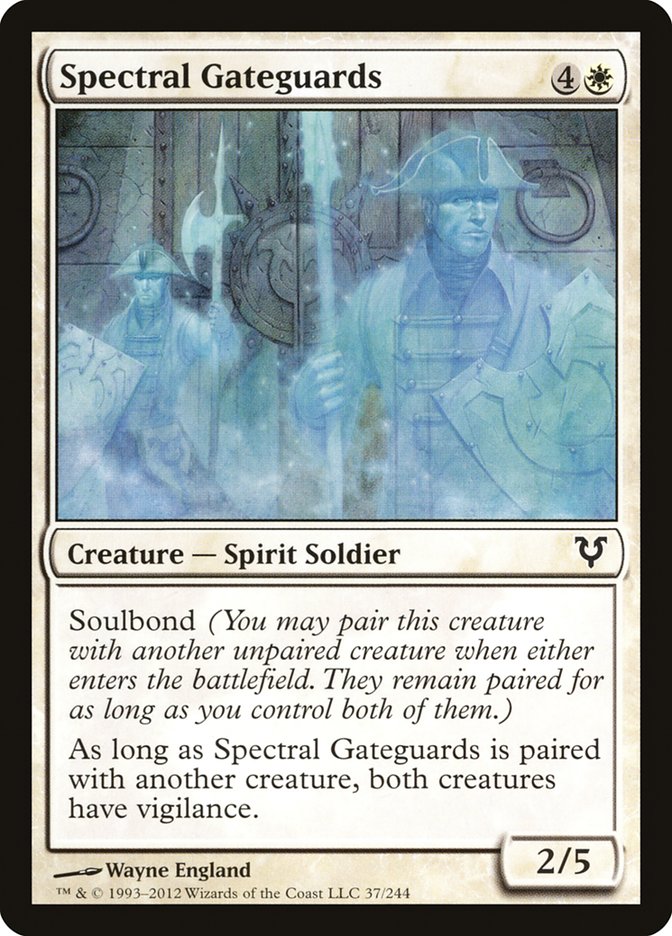
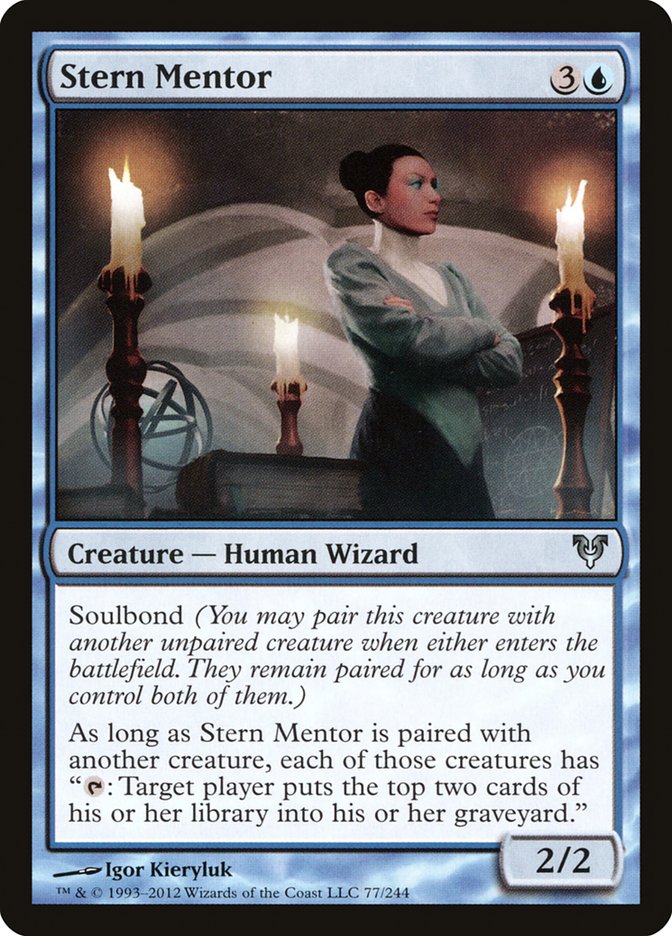
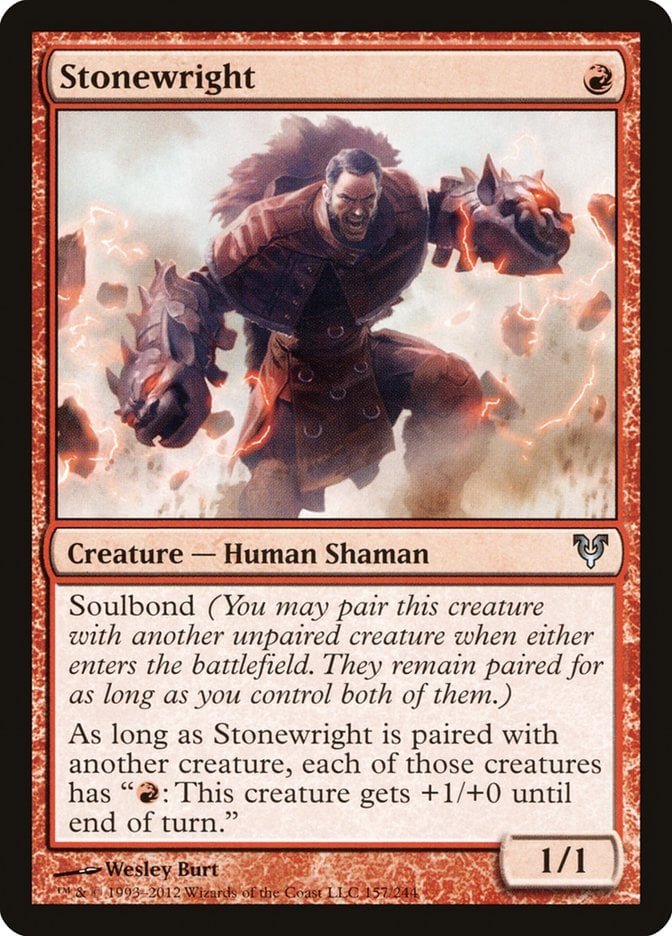
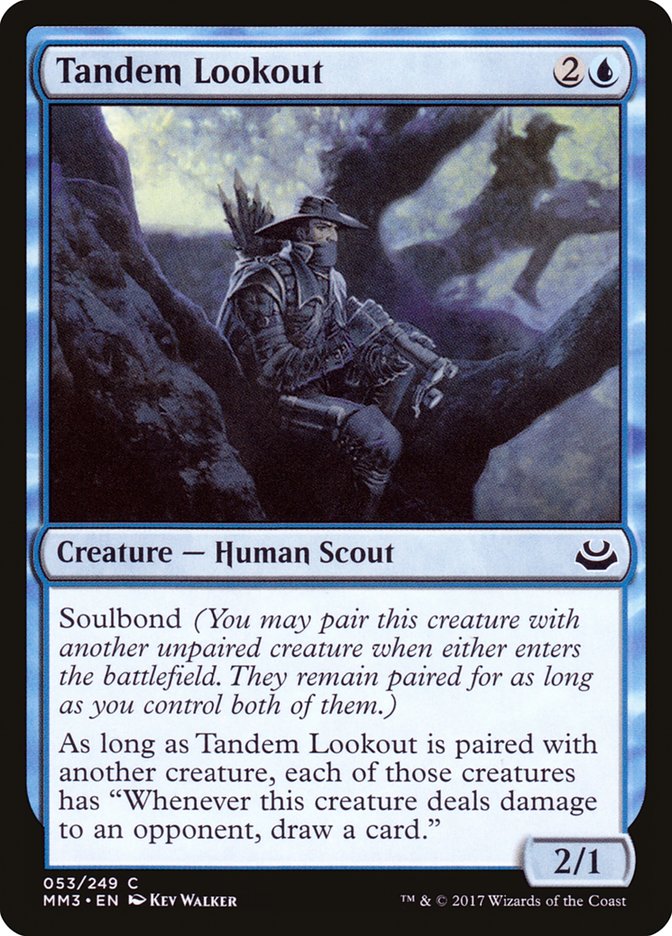
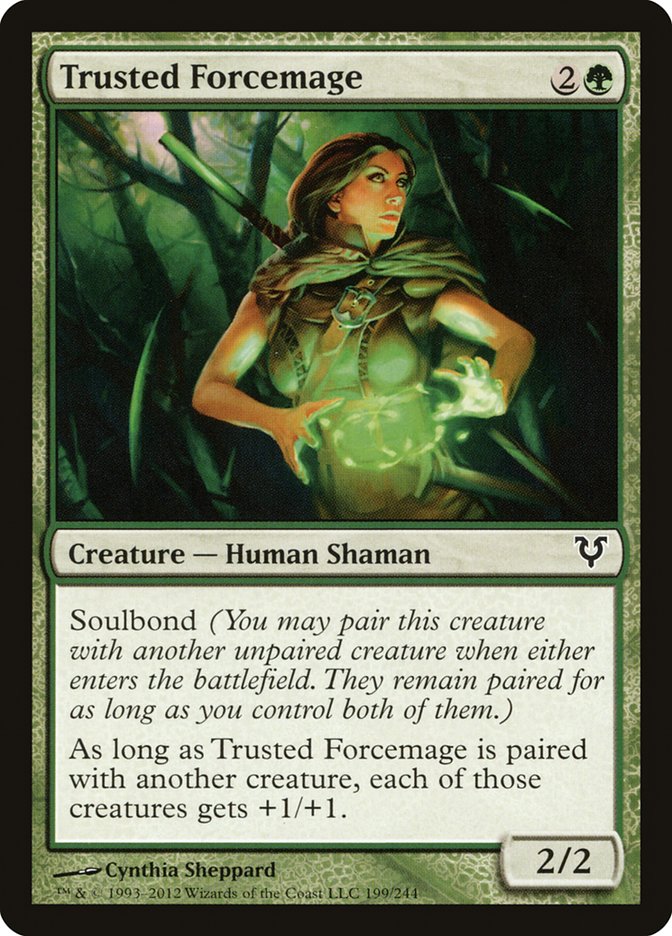

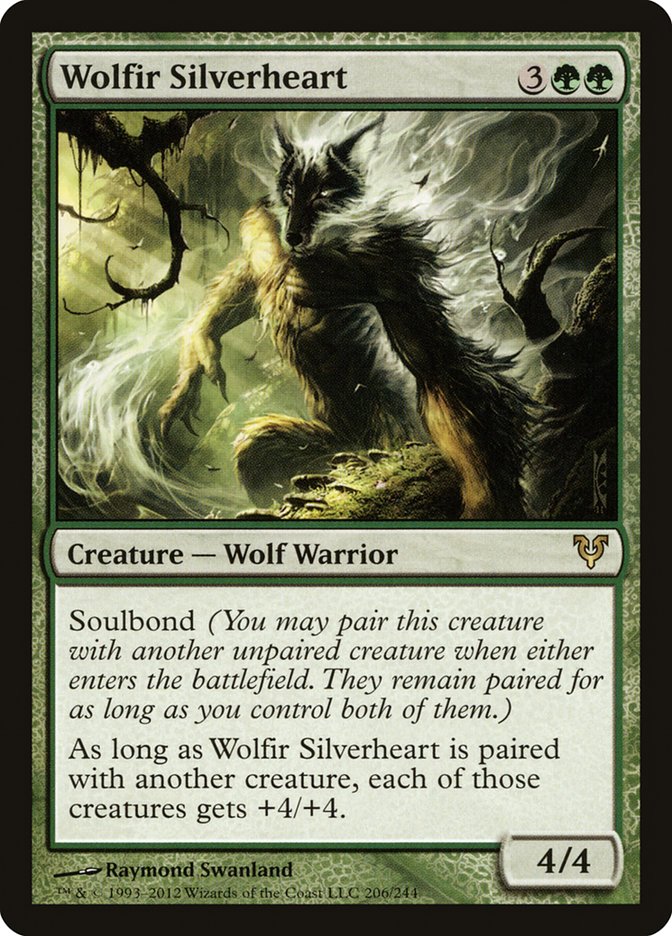
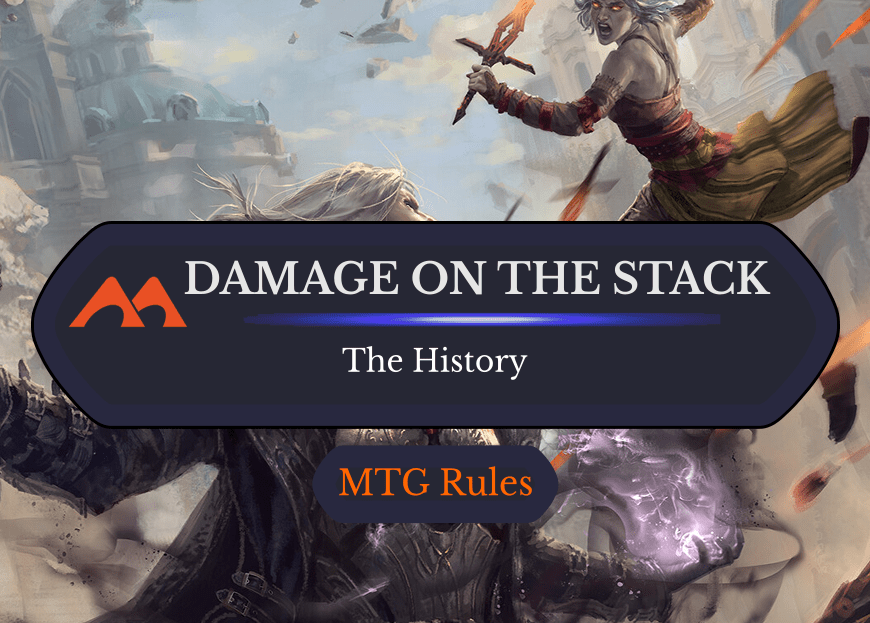

Add Comment